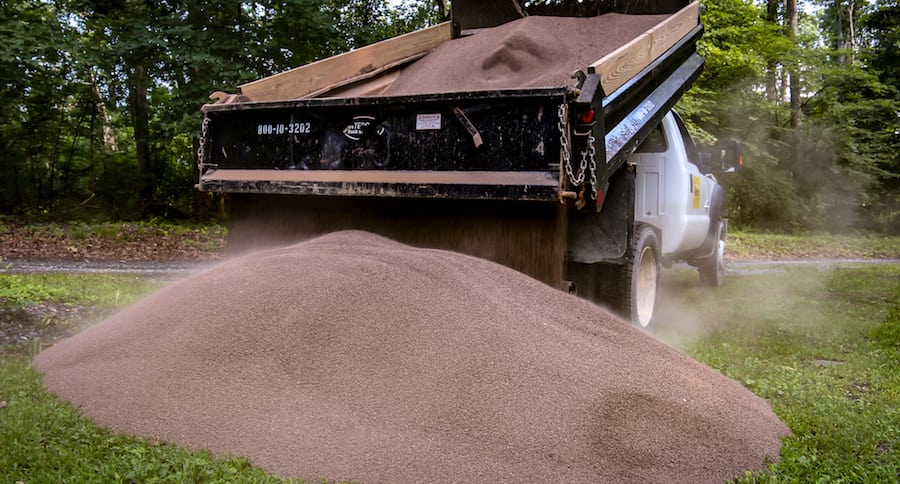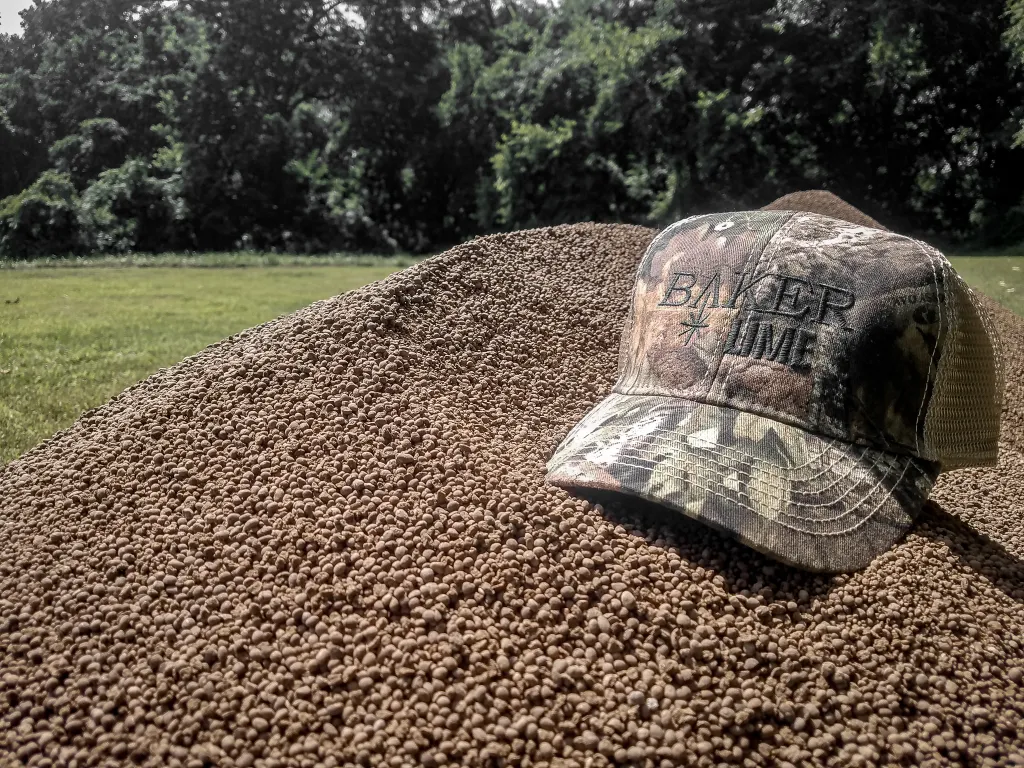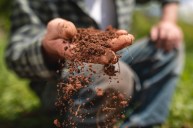Lime and soil samples are one of the most overlooked and most important parts to a successful food plot. Here's how to save money for the long haul.
Food plots are a great way to grow and attract whitetail deer to your property. You know that, but there's reason to follow up on the things you think you know, and focus in on one big way to save on what you need.
Those who have an interest in wildlife management often look at planting food plots before other tactics. When done correctly, food plots can offer multiple functions to deer hunting.
They can offer a multitude of benefits (from nutrition to antler growth to providing the ultimate attraction for a kill plot). Once you decide what you want your deer food plot to do for you, then comes the work.
But when you get your soil sample results and learn that your 10-acre food plot needs one ton of lime per acre. It happened to us and the acreage we were trying to plant on, so time came to do some shopping.
We made our way to the local farm store, took a look at the 40-pound bags of pelletized lime, and saw that they were about $6 each. Figuring in 10 acres, we would need 10 tons, or 500 bags.
After the math and a brief skip of your heartbeat, you realize that's over $3,000, just for lime! We had to ask: Is lime really that expensive? Are there any other options are available?
Well, we could have just given up. Or we could have ignored the soil test and skipped the lime, and planted food for deer in bad soil. We considered only using half of the recommended amount, to bring the soil pH up just a little bit. But again, were these even practical ideas?
After everything we learned, we came to a pretty blunt realization: There's NO way you're going to get what you need by skimping on lime.
So how do all of these hunters and wildlife management companies afford to plant food plots? What's the secret to finding cheap lime and having a successful food plot? Is soil testing really even worth the time? We tried to get answers to all of these and more.
Most hunters aren't farmers
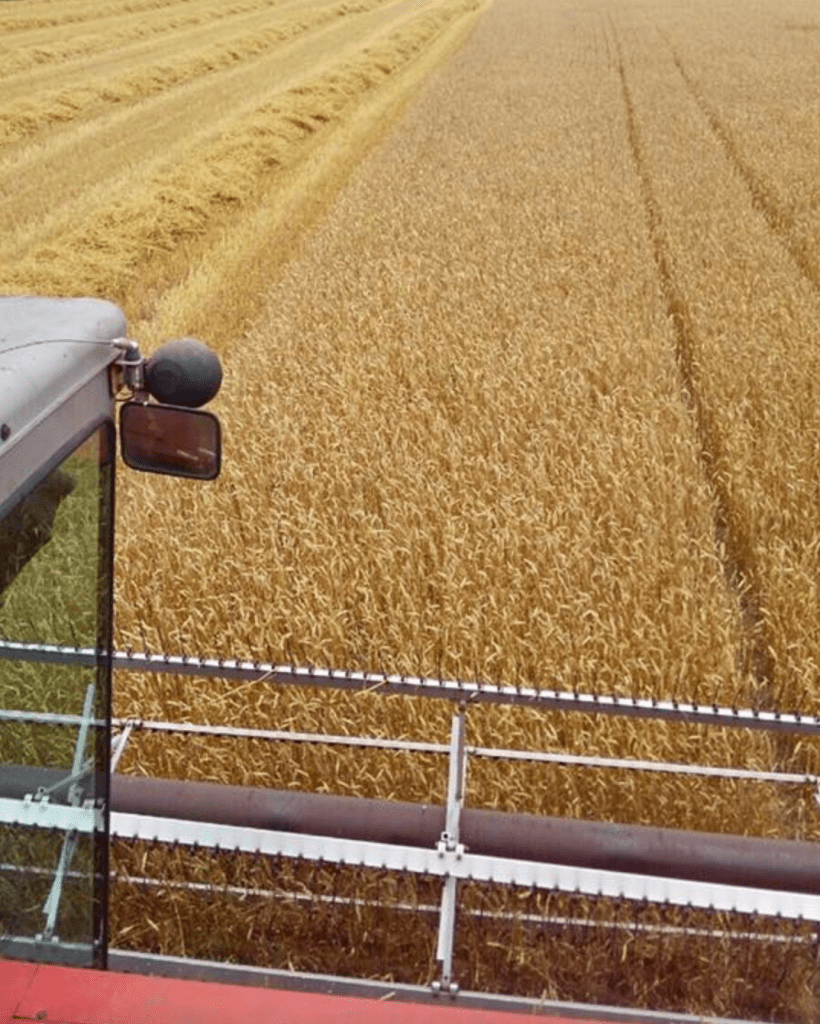
If you are lucky enough to be a farmer, related to one, or are really close with one, this may not come as a surprise for you. The truth is, farmers can buy pulverized lime in bulk because they have the equipment to spread it. Pulverized lime is much more affordable, but without the proper spreader, not only will you have a mess, but you will more than likely be out some money in the material loss.
Most hunters aren't farmers, nor do we own farming equipment. We usually rely on borrowing or renting the equipment we need when it comes to building small food plots. Our wildlife management is optimistic, but our farming skills may be basic at best.
If there aren't extension services available to rent or a friend or family member with the equipment to borrow, we have to rely on hard labor. Most hunters aren't afraid of hard work, because if we were, we more than likely wouldn't have found a hobby in hunting deer in the first place.
Where Can You Find Pelletized Lime?
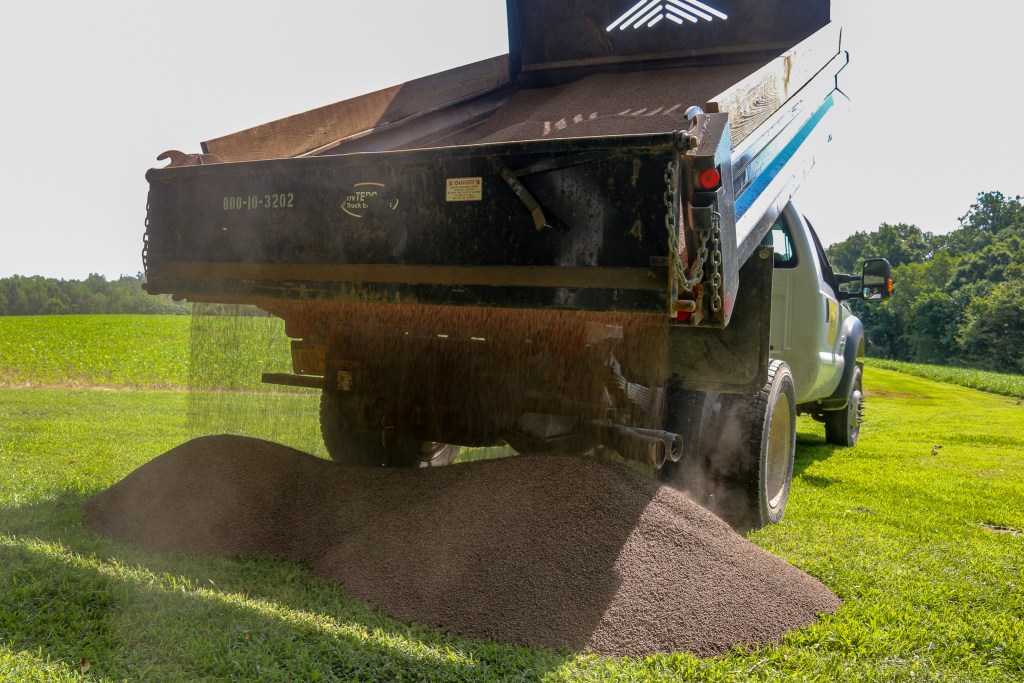
Even with the lack of equipment available, most hunters resort to pelletized lime.
For me, my soil sample (which went through the Whitetail Institute's testing process) said I needed five tons of lime. My soil pH in only one of my food plots was over 6.1, which could allow some plant growth, but it still wasn't ideal.
The further away from a neutral soil pH, the more soil nutrients are being restricted from your plants, so it goes without saying that I needed lime and I needed a lot of it.
I also knew pulverized lime wasn't the answer, so I had to resort to pelletized lime. That's when we learned needing so much was going to allow us to actually save some money!
You might think that this is a paid article by the time I'm done raving about Baker Lime, but I promise you it's not. I searched and searched for months, trying to find affordable lime for my food plots and nearly gave up. The title of this article says "The Secret" to saving money, and truthfully, I feel like it is a secret.
Baker Lime is available in Maryland, Delaware, New Jersey, Pennsylvania, New York, Virginia, West Virginia, and North Carolina. Hunters who live anywhere along the Mid-Atlantic have access to their affordable pelletized lime either in bags or bulk.
Bulk pricing for pelletized lime from Baker Lime is around $80 per ton. Pulverized lime is also available around $12 per ton, however as mentioned, pulverized lime requires a lime spreader and can be much more difficult to handle.
When I got ahold of Josh from Baker Lime, I found out he too is an avid bow hunter, and we ended up talking for hours exchanging hunting stories. By the end of our conversation, he gave me the insight that he not only loves his business, but he loves helping others see success using their products to help hunts.
He actually loved it so much, that he personally delivered the lime to me from Pennsylvania, two hours away to my place in Maryland. Upon his arrival, we discussed the drop off locations to each food plot and it couldn't have been easier.
And the best part was, Josh was helpful not only providing the lime delivery, but also helping me understand it's importance in the success of a food plot.
Why You Need It
Josh told me that you can basically look at it like a large water dam. The dam is holding back the metaphorical nutrients, or water. When the dam is all the way closed (with highly acidic soil), no nutrients are passing through.
If you open the dam fully, you will have more water than the river can handle. In some cases, you still have a river, other cases, you do more damage than good.
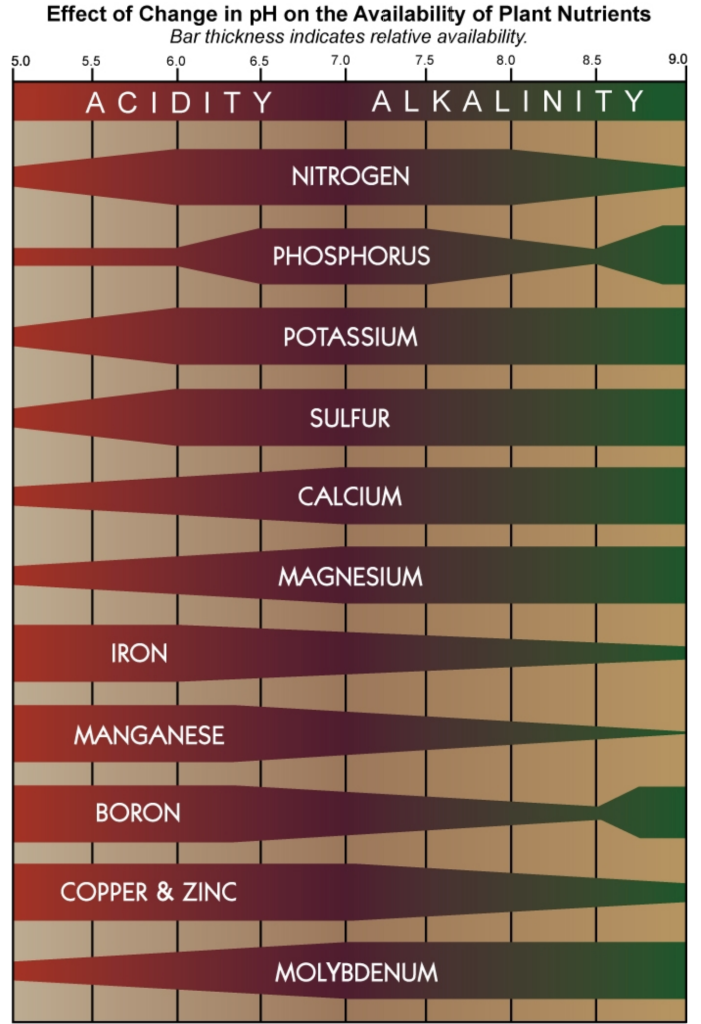
Chart Provided by Baker Lime
The bottom line is you want your dam, or your soil pH, to be as close to neutral as possible for everything to move smoothly. That way it allows the nutrients to leave the soil and be available for your plants, but can maintain what it needs throughout a growing season.
You want the flood gates to be able to open and close just enough to let things flow.
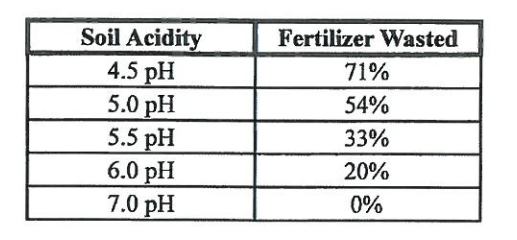
Chart Provided by Baker Lime
The chart above shows just how much fertilizer is wasted if you do not bring your pH close enough to neutral. The more soil acidity, the more money you are throwing away in fertilizer.
If you fail to use fertilizer and lime to obtain ideal growing conditions, you're wasting money in seed as well. Overall, this is a "Do it right the first time" project, and you will save yourself money, time, and headaches if you do it upfront.
The Bottom Line's the Bottom Line
Basically, I could have told you that food plots aren't cheap, and end it there. And when you see the price of lime and learn you need so much, it can be daunting. Even with the savings we got from Baker Lime, it's not like we were given the gift for free.
But think of this: Most of the time hunters unite in hunting opportunities and lease property, join hunting clubs, or do it together with kin on family property. The more members in your club or group, the less expensive per person it becomes.
One more time, I'll go through the quick math for you: Most 40-pound bags of pelletized lime average around $6 each. For one ton, or 2,000 pounds, buying lime by the bag would cost you around $300.
The alternative (and the "big secret" to take away) would be to buy bulk lime. With Baker Lime's rate of $80 per ton, we're saving $220 per ton. With that, successful food plots become much more attainable, and you aren't left scratching your head when you could have just done it up front.
Like what you see here? You can read more articles by Dustin Prievo here. Follow him and his hunting team, Top Pin Outdoors, on Twitter, Facebook and Instagram.
NEXT: SOIL SAMPLES: THE FIRST AND MOST IMPORTANT STEP IN BUILDING A FOOD PLOT
WATCH
